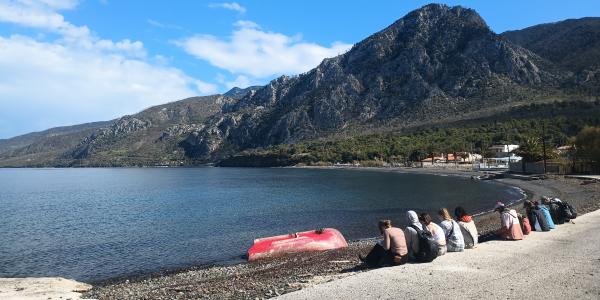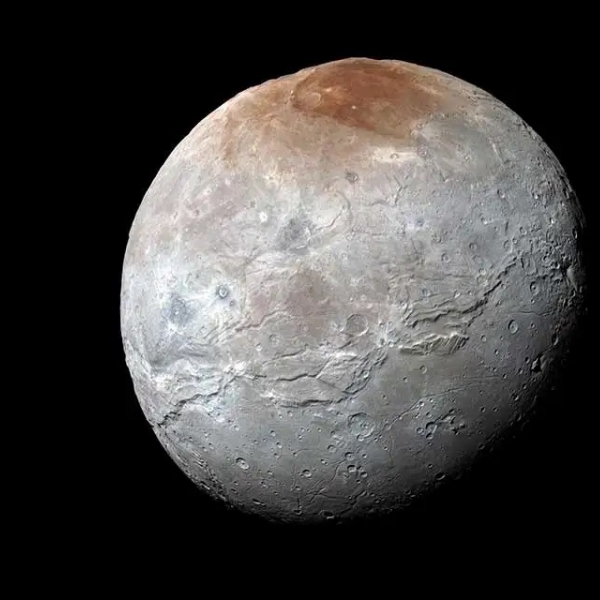Field geology course takes students across the Atlantic Ocean to get up close and personal with plate tectonics.
These old stones, give them a voice and what a tale they'd tell
Aeschylus ~458 BC
This year’s cohort of EEPS 496 (Field Geology) students took their spring break field trip to the Gulf of Corinth in Greece. In this course, students spend the first half of the semester learning the geology of a particular region. When spring break rolls around, they pack up and fly out to study the region in person, gain hands-on experience in the field, and complete a project based on the geology that they observe.
The Gulf of Corinth is a classic location to see a particular tectonic process taking place. The African plate is colliding with the Eurasian plate, and while the African plate is subducting it is also sinking backwards into the mantle in a process called “slab rollback”. The result of this process is causing rifting in Greece, the opening of the Aegean Sea, and producing a lot of seismic activity.
The Undergraduate Field Geology course is offered each year and currently led by Professors Phil Skemer and Alex Bradley. It is a huge undertaking to transport 10-15 students to parts unknown during an already busy travel season. The trip does not always happen without setbacks like flight delays and last minute location changes. In fact, three of the last four years have had major travel disruptions. Most notably the trip was moved from Sicily, Italy to the Southwestern US in 2020 due to a global pandemic you may have heard about. You can read more about that trip here.
Skemer and Bradley strive to offer this course each year because it is an integral part of the undergraduate experience in EEPS.
“When you learn about Earth science in a classroom setting, it can be difficult to synthesize all of the information you are getting from lectures and textbooks. Going out into the field is particularly helpful for our students because they have the chance to observe Earth’s processes in their natural complexity and integrate what they have already studied into a hands-on experience” says Skemer.
Students take note notes on observable tectonic processes. Credit: Phil Skemer
Professor Bradley points out that fieldwork helps to hone observational skills, saying "Field geology can be a little like those Magic Eye images - at first you can't see anything, but if you look long enough, suddenly you can see a three dimensional object in front of you, and it makes sense. But in geology it's always more complicated, so you then have to come up with a hypothesis for what you see, then make more observations to test the hypothesis. And you repeat this over and over, until you understand the tale the rocks are telling you."
Students find this trip enhances their learning. Michael Barrieau, an environmental science major, recently switched his major from computer science. He applied to be part of this course and trip in order to deepen his understanding and connection to the program.
Barrieau said “It sounded like it would be intense, I would be surrounded by highly motivated students, and I would be able to view the material I’ve learned so far in a new light, contextualized by actual observations of structures I had hitherto only known about through diagrams in books; things like grabens, faults, bed layering etc. became far more tangible and material, making it easier then to go back and understand those diagrams and what they actually represent.” In addition, as this was his first time leaving the United States, he found the whole experience enjoyable, citing “I saw so many unique landscapes and cultural creations that are just not found in America, and it helped me to widen my perspective about what people around the world are like.”
EEPS 496 Spring 2024 cohort. Credit: Phil Skemer
Header image credit: Phil Skemer





